Flight of thoughts over vanity of ambitions. UAVs of South Korea
KUS-FT is supplied to the army and marines of South Korea as a tactical drone
Under several programs, South Korea is developing a line of unmanned systems to meet their needs and bring them to foreign markets.
South Korea is one of the few countries that has a modern aerospace industry and is implementing various drone development programs. aviation complexes (LHC).
The country has serious security problems and therefore requires systems that can operate in various conditions and perform a variety of tasks: from tactical level short-range reconnaissance reconnaissance vehicles to support infantry and ending with advanced attack platforms that can fly in disputed airspace. Currently, there are several programs in the country to develop more advanced versions of UAVs (or their alternatives) currently in service, as well as completely new systems of the next generation.
At the moment, the South Korean military have at their disposal a mixture of local development systems - operating at the tactical level and below - and MALE class platforms (medium-altitude, long-endurance - medium-altitude with a long duration of flight) from well-known foreign manufacturers, for example, Heron I Israel Aerospace Industries (IAI).
The South Korean Air Force is implementing a major program aimed at meeting their urgent needs. UAVs RQ-4 Global Hawk company Northrop Grumman will qualitatively improve the capabilities of the Air Force through the installed on them modern surveillance systems, intelligence and information gathering. Two complexes will be delivered to the intelligence unit in the 2018 year, and two more in the 2019 year.
The efforts of local developers are mostly concentrated on two MALE class platforms, designed for the Air Force and the country's army, creating a drone drone, as well as vertical take-off and landing platforms and convertible planes. The two companies are the lead contractors in these programs: Korea Aerospace Industries (KAI) and Korean Air Aerospace Division (KAL-ASD).
Although these programs are at different stages of development - and there is some uncertainty about their future - the developers have achieved some success with their tactical level and below.
At the end of 2016, KAL-ASD began to deliver tactical KUS-FT BAK (also known as RQ-102) to the South Korean army and Marine Corps. The program should be supplied 16 such BAC, the production of which is scheduled to be completed in 2020 year. In December 2015, KAL-ASD received from DAPA the defense procurement office a contract for this program worth over 30 million dollars. Some sources claim that a limited number of UAVs have already been delivered to the army and marines before the start of the main program.
The KUS-FT UAV is based on previous work on the KUS-7 and KUS-9 drone aircraft and is distinguished by the smooth mating of the wing and fuselage and the beam tail. It is equipped with a rotary piston engine UEL with electronic fuel injection power 38 hp KUS-FT has a length of 3,7 meter, height of 0,9 meter and wingspan of 4,5 meter.
These drones are designed for reconnaissance, target detection and target designation and combat damage assessment, they will be equipped with target optical-electronic equipment with a laser rangefinder from Hanwha Thales, installed at the bottom of the fuselage. Although it is clear that the installation of other equipment on these UAVs is not planned in the short term, it is possible to integrate additional systems.
The drone can be launched either automatically from the rail or take off after the run from the runway. The return occurs due to a deep stall when landing and the network on the runway. The company KAL-ASD say that it allows you to stop the drone just 30 meters from the point of contact of the earth.
According to the company, within an hour after arriving at the position, you can deploy the entire complex and launch the drone. The entire tank is transported by five vehicles: with flight planning and analysis equipment; flight control (crew of two people - the pilot and the operator of the target equipment); with communication equipment and data transmission system; UAV transporter itself (capable of transporting four vehicles and launching / return system components); and finally, a machine with auxiliary operating equipment.
Additional components include a return parachute return system and an automatic return function to the base in case of loss of communication. This is the first South Korean drone, received a certificate of airworthiness.
The development of the new KUS-FT platform is curious by the fact that numerous foreign manufacturers offer their ready-made LHCs that have been operated in real conditions, which, moreover, are superior to those of KUS-FT. Creating a new platform from scratch may be due to the desire of the Office of DAPA and the South Korean military to support local industry.
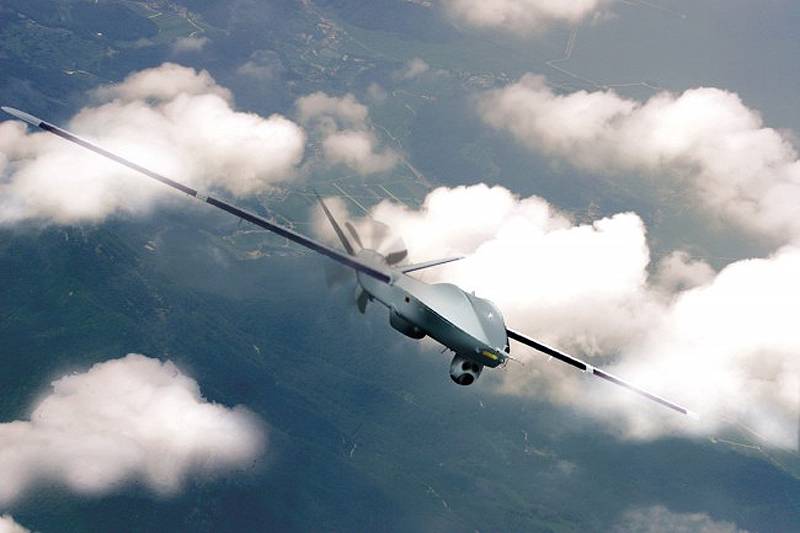
BLA Next Corps from KAI, which in future will go into service with the South Korean army
Portable systems
South Korea is doing well with the deployment of locally portable portable systems. The army and the marines are armed with the systems Remo-Eye-002B and RemoEye-006A of Uconsystem, respectively.
RemoEye-006A drone deployed in Afghanistan in the Ashena team; This South Korean unit, among other tasks, was involved in providing security to the infrastructure rehabilitation team.
According to the Uconsystem, this drone, deployed in 10 minutes, is launched with a rubber cord, and returns with a parachute and lands on the fuselage.
RemoEye-006A 1,72 meter length is equipped with a nose-mounted optical-electronic station that performs a panoramic scan. The device has the shape of a fuselage gondola with a high wing 2,72 span of a meter, behind which a two-blade pushing screw is installed. The electric motor allows you to reach a maximum speed of 75 km / h, and the rechargeable battery provides a flight duration of up to 120 minutes. The maximum take-off weight is 6,5 kg, and the range of control to 15 km.
The complete system consists of four UAVs and a ground control station with an antenna. According to the company, the drone can be controlled either directly or fly at intermediate coordinates; Additional elements include the ability to transfer data from sensors and video to other subscribers and the function of returning to the base when communication between the drone and the control station is lost.
The RemoEye-006A complex is mainly intended for surveillance and reconnaissance, other potential tasks include real-time artillery fire adjustment.
RemoEye-002B was selected by the South Korean army at the end of 2013 as a short-range portable reconnaissance vehicle; then 120 complexes were ordered, with four drones in each. The drone has a similar configuration with RemoEye-006А, but slightly smaller; total length is 1,44 meter, wingspan 1,8 meter, maximum take-off weight 3,4 kg.
The device can be prepared for launch for 5 minutes, is started from the hand and returns by means of an airbag mounted under the fuselage. According to the company Uconsystem, it has the same set of tasks as the RemoEye-006A, but is controlled by a manual console. Equipped with an electric motor, the drone develops a maximum speed of 80 km / h, has a flight duration of 60 minutes and a stable control range of 10 km. The company Uconsystem suggest that the next customer of this complex may be the Marines.
In the field of the BALE class MALE, the South Korean military have insufficient capabilities that they are seeking to increase by purchasing two different BACs.
Currently, the Korean Army is using the Heron I drone of the Israeli company IAI, which was put into service as a replacement for the Night Intruder 300 complex (also known as RQ-101) developed by KAI.
Night Intruder, significantly inferior in capabilities to the Heron drone, in the South Korean army works as a platform-level corps. It has characteristics more characteristic of the characteristics of a tactical platform. The adoption of the Heron UAV has increased the mass of the target load, flight duration, range and maximum altitude. Heron also allows you to accept more types of target loads, unlike Night Intruder, which could only accept optical-electronic and infrared sensors.
While the Heron complexes have significantly increased the capabilities of the army, their acquisition is an intermediate step to the planned purchase of a reconnaissance UAV of the corps level, which is being developed by KAI and is still designated as Next Corps UAV.
This system, designed for reconnaissance, observation and data collection, will be of the same class as the General Atomics Aeronautical Systems MQ-1 Predator drone; At the moment, to arm this platform is not expected.
In turn, the South Korean Air Forces will most likely satisfy their MALE BAC requirements by adopting the KAL-ASD medium-height drone, which will have features and characteristics similar to those of the General Atomics MQ-9 UAV and, like Reaper, will be armed.
Although very little information is available on the characteristics and implementation of these two programs, the medium-height UAV, which received the company KUS-FS designation, will perform the tasks of a communications, electronic warfare and electronic reconnaissance repeater in addition to exploration, surveillance, and percussion tasks.
According to the company KAL-ASD, this UAV will be controlled by a radio channel in direct line of sight or a satellite communication system, and the standard payload will include an optical-electronic station for aerial reconnaissance and a radar with synthesizing antenna aperture. The complex will include 3-5 aircraft, a ground control station capable of controlling several platforms, as well as ground support components. Several numbers are available for this UAV: length of 13 meters, wingspan of 25 meters, height of 3 meters and unspecified developer turboprop engine with 1200 horsepower. The flight duration will be at least 30 hours.
The KUS-FS drone took off for the first time in the 2012 year, and its development should be completed in the 2018 year; KAL-ASD has plans to develop on its basis a promising BAC class HALE (high-altitude, long-endurance - high-altitude with a long duration of flight).
Flight tests of the convertoplane TR-60 aboard the Coast Guard ship
KAL-ASD is also involved in two projects to develop UAVs with pivot (drag and pull) screws or convertiplanes, working on the TR-60 platform with the Korean Aerospace Research Institute of Korea (KARI) and on its own KUS-TR system The basis of which is taken again platform TR-60.
The TR-60, in turn, was based on the work of the KARI institute on the larger version of the TR-100. The TR-100 program began in 2003 as part of a smart UAV project, which resulted in the successful development of a drone with a takeoff weight of 995 kg, including a 90 kg payload. According to KARI, the tiltrotor is 5 meters long and 7 meters wide with a PW206 series engine from Pratt & Whitney Canada with 550 hp. develops a maximum speed of 500 km / h, has a range of 200 km, a flight duration of 5 hours and a typical working altitude of almost 600 meters.
TR-60 convertiplane ready for production was first shown at the DX Korea 2016 exhibition. The device is equipped with a rotor-piston engine with a power 55 hp, which drives the two screws installed in the nacelles. The model is approximately 60% of TR-100 size made of composite materials, has a length of 3 meter, width of 5 meters (between the axes of the screws) and a maximum take-off weight of 210 kg, including 30 kg of payload.
According to KARI, the TR-60 develops a maximum speed of 250 km / h, the flight duration is 5 hours, and the practical ceiling is almost 4500 meters. At the exhibition, the device was shown with a specific intelligence station from FLIR Systems installed in the nose. The main objectives of this convertiplane will be intelligence and surveillance. In July X-NUMX, flight tests of the TR-2017 were carried out from a coast guard ship traveling at 60 speed knots.
The convertoplan KUS-TR (photo below) is designed to perform both military and civilian tasks. Military applications will mainly consist of intelligence and target search. According to the company KAL-ASD, the drone will be able to perform an independent take-off and landing from the ship.
The complex consists of two to four apparatuses, as the main load bearing optical-electronic stations of general intelligence, and a ground control station, which is capable of controlling several UAVs simultaneously. According to KAL-ASD, the characteristics of KUS-TR are similar to those of the TR-60 model, with the exception of a slight increase in length and width to 3,5 and 5 meters, respectively, a decrease in the maximum take-off weight to 200 kg (effective payload remained the same 30 kg) and increased duration flight xnumx hours.
RemoEye-002B performs in the Korean army the tasks of near observation and reconnaissance
Helicopter type tank
KAL-ASD is carrying out a KUS-VH program to develop a BAC for vertical take-off and landing on the basis of manned helicopters, the first brainchild of which was the unmanned helicopter MD 500 Little Bird. The first flights of Little Bird took place in 2016, and in the same year the company signed an agreement with Boeing to develop the system. Earlier, Boeing had already developed the H-6U Unmanned Little Bird (ULB) based on a helicopter and demonstrated it to the Korean army.
The KUS-VH program provides for the development of a fully unmanned vehicle, and not an optionally manned platform. He will conduct reconnaissance and surveillance, carry out strikes at ground targets and supply tasks, and will also be able to work together with manned attack helicopters. According to the company KAL-ASD, the KUS-VH project is based on works on convertoplanes and the KUS-FT program.
In accordance with the project KUS-VH, KAL-ASD is developing a vertical take-off and landing drone
The drone will be equipped with a specific intelligence system installed in the nose section and will be able to work day and night. The decision to eliminate the optional manned configuration was motivated by the intention to maximize the payload and fuel tank capacity. At the moment, it is planned that one complex will include the 2-4 apparatus, one ground station and a system of ground support equipment.
In South Korea, systems of the HALE class with a solar-powered engine are also being studied, the KARI Electrical drone drone (EAV) drone advanced farther in this direction.
The development of basic technologies for the EAV program began in the 2010 year, and the first flight of the EAV-1 device was made in October of the same year. The first model did not work on solar energy, but relied entirely on fuel cells and batteries. The first flight of the EAV-2 variant made 2011 of the year in December and eventually reached the duration of the 22 flight hour.
The drone of the EAV series developed by the KARI Institute can fly at high altitude for quite a long time
The UAVs EAV-1 and EAV-2 differ quite significantly. The first model has a wingspan of 2,4 meter and take-off weight of 7 kg. Attached to the fuselage are wings with pushing screws and a “pivot” tail boom with a T-shaped tail. The model EAV-2 has a wingspan of 7 meters and weighs 18 kg. The device has an aerodynamic fuselage module (accommodates the engine, battery pack, fuel cell and antenna array) to which high-placed wings and a “rod” tail boom with a T-shaped tail assembly are attached. Wings with a positive transverse angle "V" on the outer planes carry a three-row array of monocrystalline silicon solar cells. The engine installed in front rotates the pulling propeller, and photovoltaic cells, fuel cells and lithium-polymer batteries are used as an energy source.
The EAV-2H and EAV-3 models abandoned fuel cells and increased the wingspan to 11 meters and 20 meters and weight to 20 and 53 kg, respectively. The EAV-2H has a similar configuration to the EAV-2 variant except for the absence of fuel cells. The EAV-3 model implemented a number of design changes, including wings with solar panels on the upper surfaces of their center sections and tractor propellers mounted on the leading edges of their roots.
After all the experiments, the EAV drones in the 2012 year reached the duration of the 22 flight hour, and in the 2013 year the altitude 5000 meters. All EAV-2H drones in the 2013 year reached a flight duration of more than 25 hours. In 2015, the EAV-3 variant reached a maximum height of 14000 meters.
UAV EAV-2
UAV EAV-3
The KARI Institute stated that they are constantly working to improve the EAV technology so that the aircraft can work in the stratosphere for long periods of time (eventually months), monitoring and reconnaissance and serving as a communication repeater.
In the long term, South Korea hopes to adopt the drone UAVs, over which KAI and KAL-ASD are actively working.
KAL-ASD is implementing the KUS-FC project, and KAI is carrying out its K-UCAV project along with a project called “Stealth” UCAV (a low-profile attack UAV). Information on these drones is rather scarce, but it is assumed that all these inconspicuous drones will conduct reconnaissance and surveillance and strike at both air and ground threats.
At the moment, these aircraft are designed with turbojet engines, which will allow to develop high subsonic speeds. Armament will be placed in the internal compartment.
Available information indicates that KUS-FC (photo below) will have a flight time of 6 hours, a length of 10 meters, a height of 3 meters and a wingspan of 16 meters. It’s not clear whether KAI’s previous K-UCAV project will replace Stealth with KAI’s plans; however, K-UCAV’s technical specifications talk about the length of the 8,4 meter, the wingspan of the 9,1 meter, the height of the 2,5 meter with the landing gear removed and the maximum take-off mass of order 4000 kg. The planned ceiling will be more than 12000 meters, flight duration 5 hours, maximum speed over 1000 km / h, 280 km range.
The KUS-FC and “Stealth” UCAV platforms without tail are triangular in plan, while the K-UCAV platform is distinguished by swept wings and a V-shaped tail.
In addition to projects and procurement programs for the state-funded military, a number of private initiatives are being implemented, which mainly focus on developing small-sized and tactical TACs, including those for the civilian sector.
It is worth noting the cooperation of IAI and Hankuk Carbon to create a version of the IAI Panther drone with the front engine. Korea Aviation Technologies, a joint venture created by these companies, based on the Panther platform technology, is developing a new generation vertical take-off and landing system. In turn, the company Uconsystem has developed tethered quadrocopters, which are designed to conduct continuous monitoring, including for transport columns. In addition, the company has developed drone drone killer, designed to destroy other unmanned vehicles.
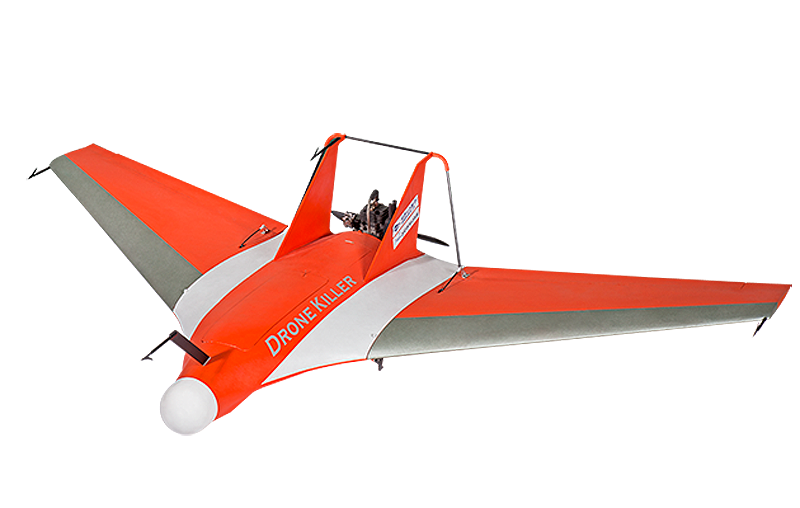
Drone Killer UAV - the brainchild of Korea Aviation Technologies joint venture
South Korea’s plans to develop an extensive line of advanced BAC are definitely ambitious, since the country has relatively little experience in this area. But its industry fortunately has the support of the government and the military and can use its experience ”gained in the aerospace field.
It is difficult to judge how different programs are advanced, which is due to the opacity of most of the works, but if the developed platforms have to declare themselves on the world stage, then they should be ready as soon as possible, since a number of other countries are rapidly developing their UAV industry, striving to become generally recognized players in this area.
A representative of the KARI Institute said that the South Korean industry aims to become one of the five largest BAC manufacturers in the world by the year 2023 and the top three by the year 2027. But for this to happen, the country needs to make a titanic effort in this area.
Materials used:
www.shephardmedia.com
www.airforce.mil.kr
www.koreaaero.com
techcenter.koreanair.com
www.uconsystem.com
www.kari.re.kr
www.hcarbon.com
gobizkorea.com
irobotnews.com
www.wikipedia.org
en.wikipedia.org

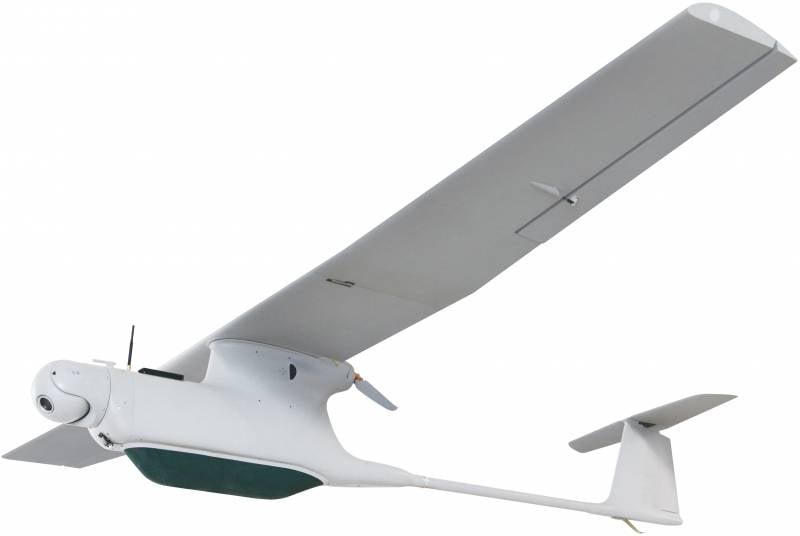
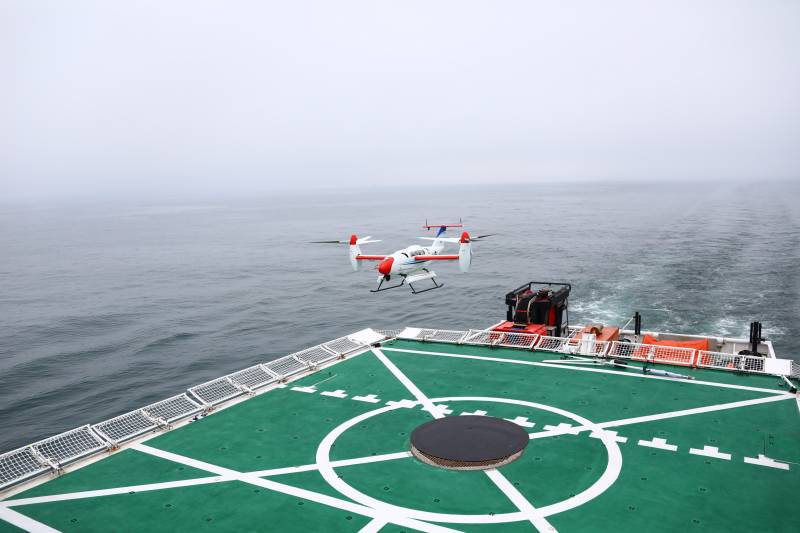
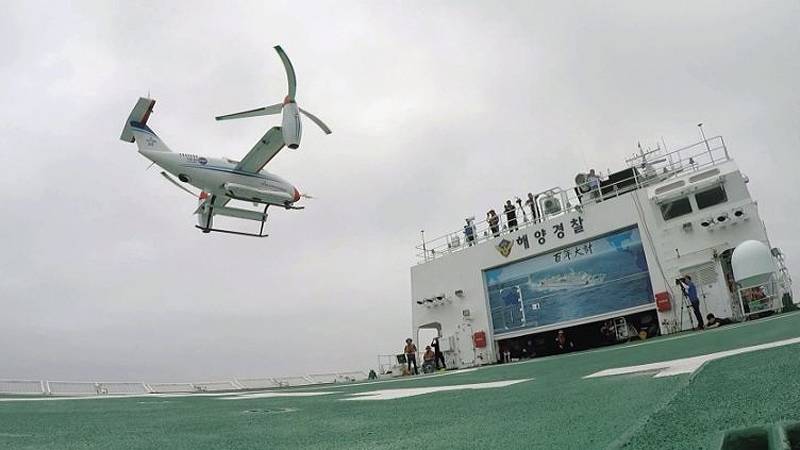
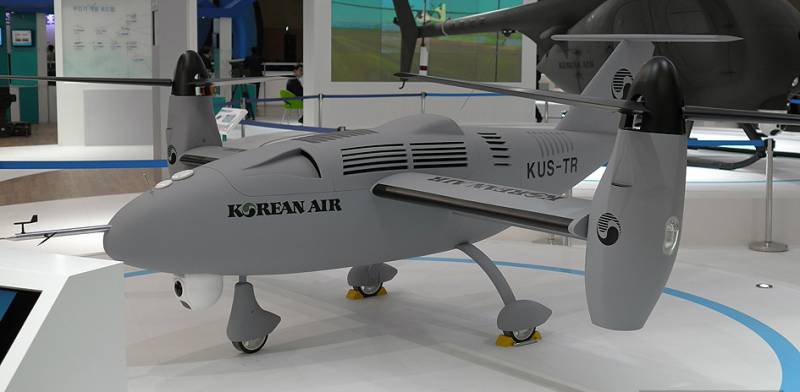
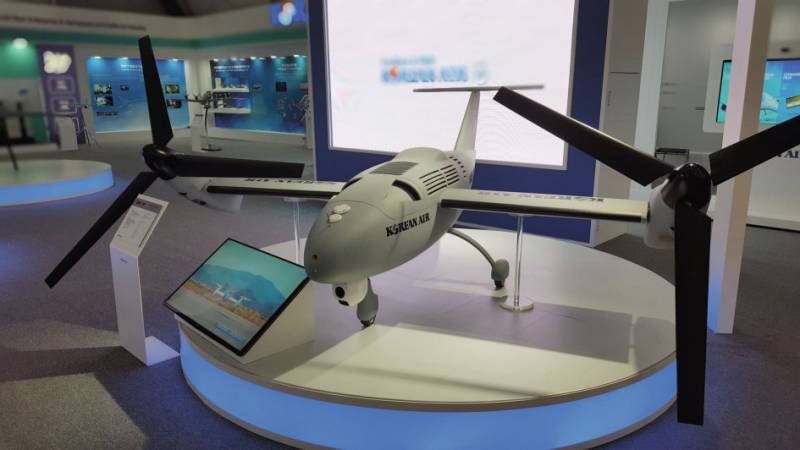
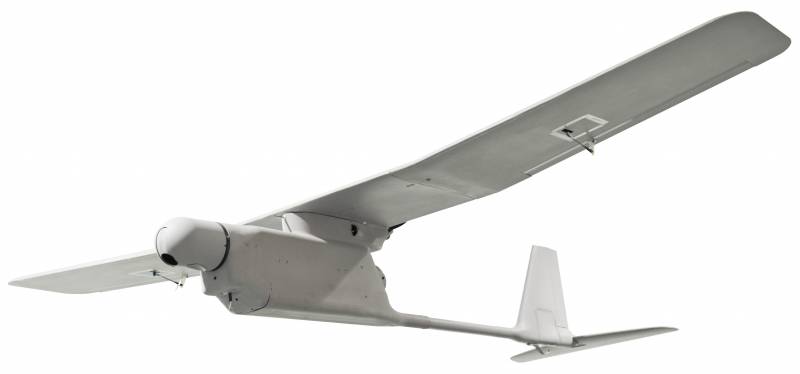
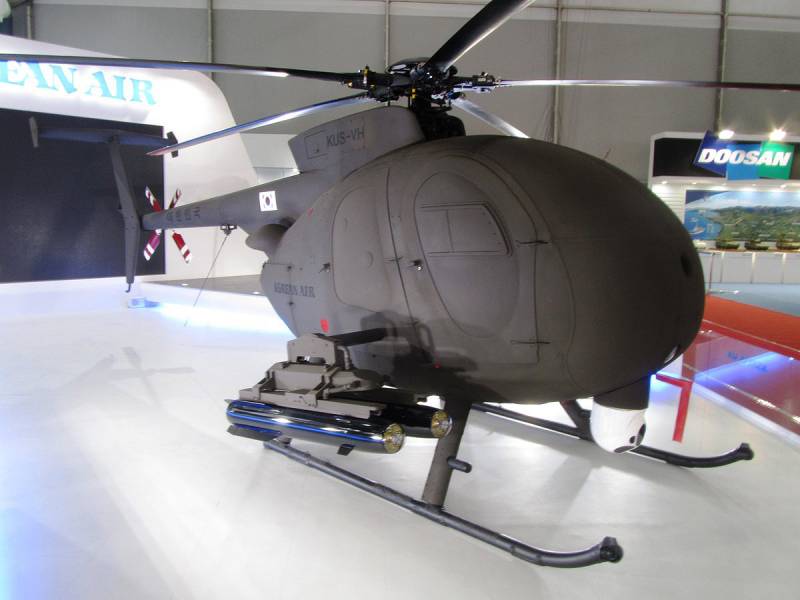
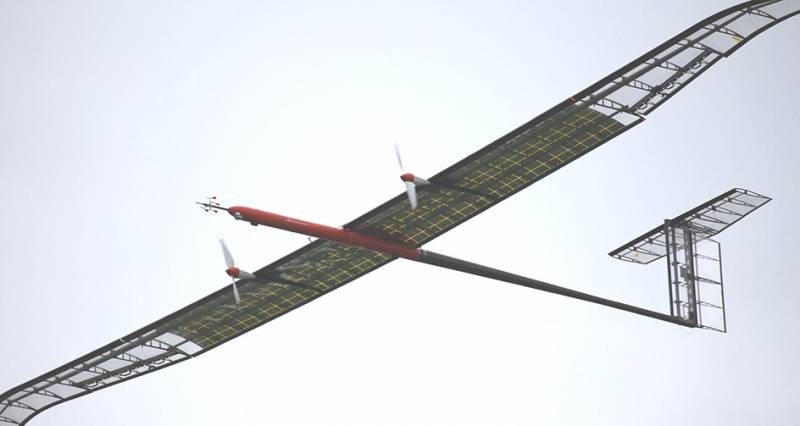
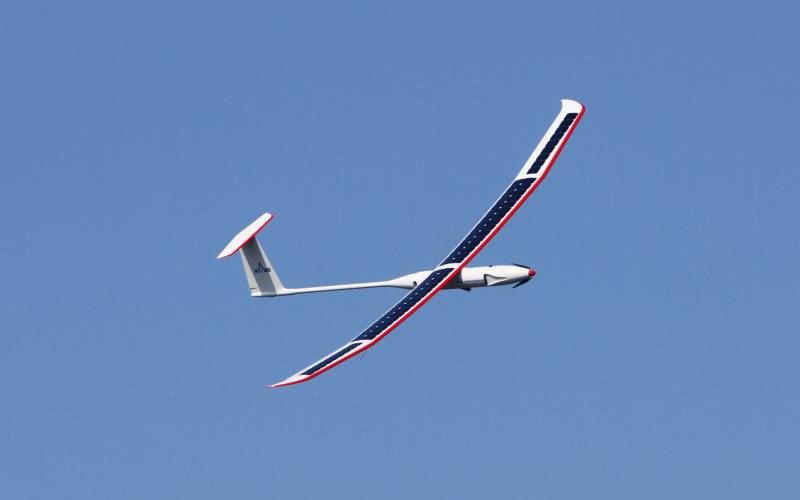
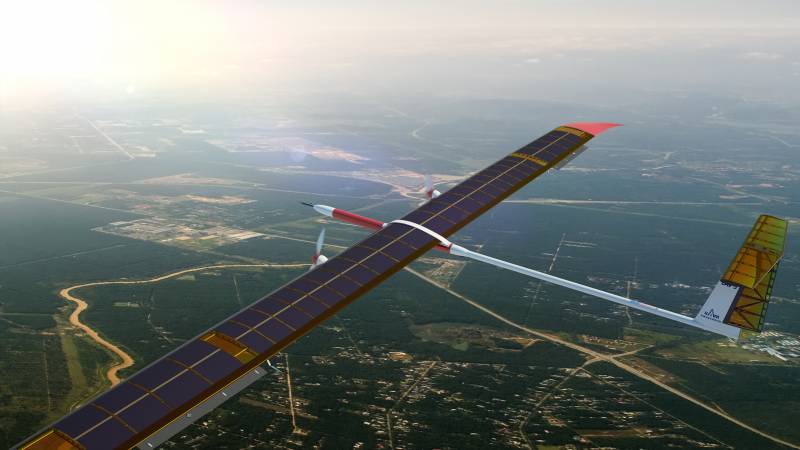
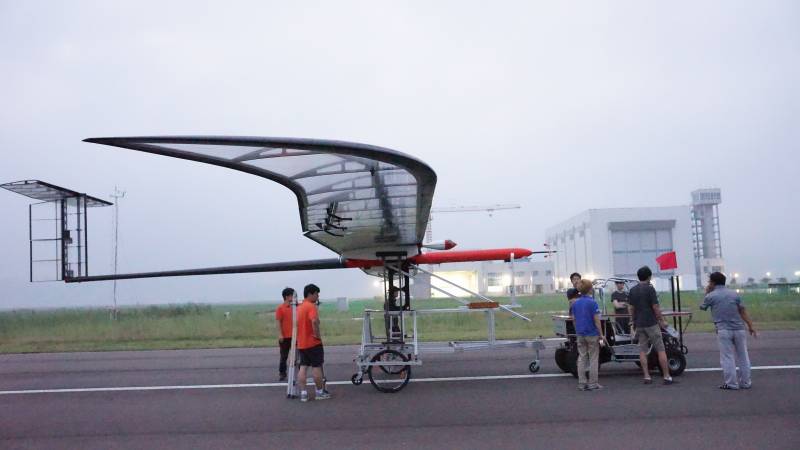
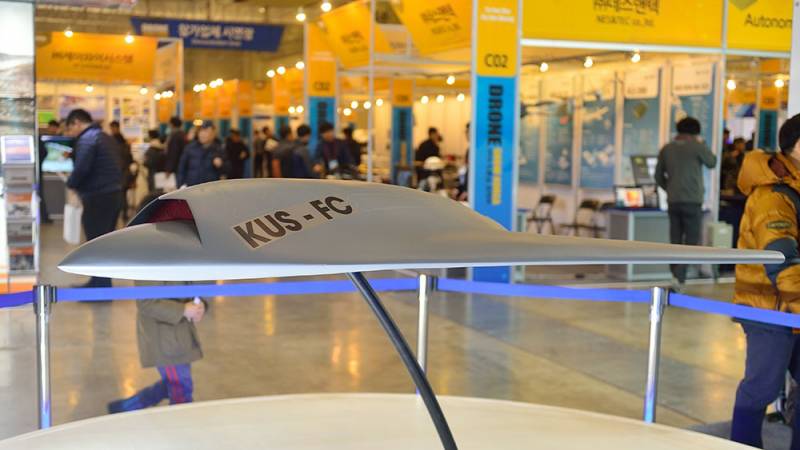
Information